
He really knew how to fly. Only low-low …
Each weapon is well in place. Fink is easy to hide behind the bootleg, but not particularly effective against a tank. On the other hand, the same tank is good in armor and weapons, but too bulky and heavy to quickly find itself where the command needs it. Hmmm, what to do …
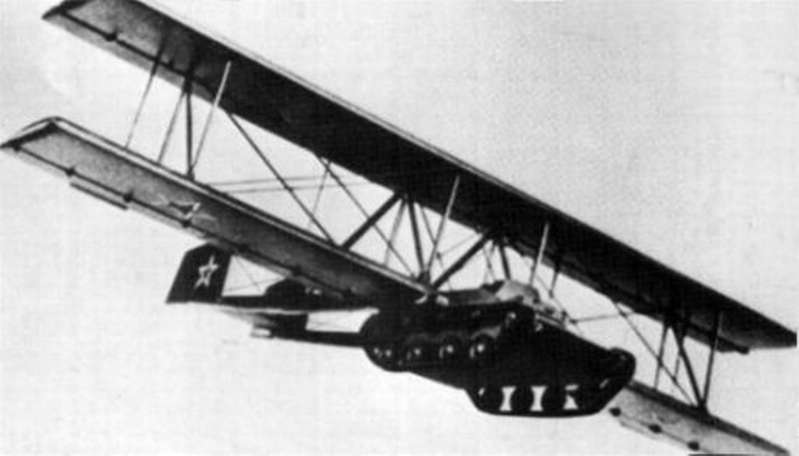
In the initial period of the Great Patriotic War, when the Germans were rapidly advancing inland, and partisan formations began to be created in the occupied territories, a problem arose with their provision. Something like small arms, ammunition and food could be airlifted by parachute. But armored vehicles or tanks could become a real help to the partisans. If only there was a suitable way of delivering heavy equipment to the front line …
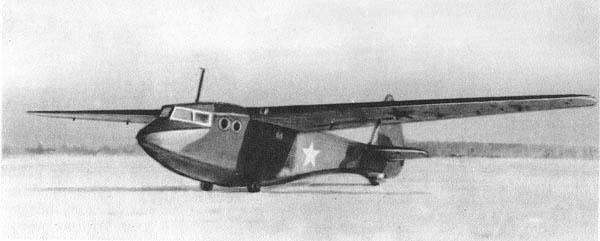
This is how the project of the A-40 flying tank began. Its development was undertaken by the designer Oleg Antonov, a well-known creator of cargo gliders in Soviet times. Already from 1941, the A-7 cargo glider (So Antonov), capable of carrying up to six soldiers, was actively used for landing and special operations in the Red Army.
Despite the successful design of the A-7, of course, he could not cope with the task of transporting the tank. The payload of the “seven” is only about 800 kg, while the light tank T-60 chosen as the “passenger” weighed six tons at once.
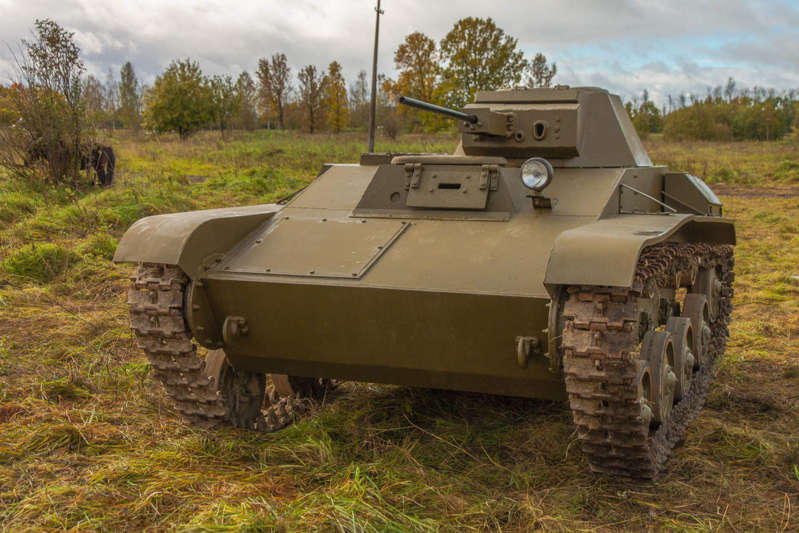
Then Antonov decided to make the tank an integral part of the airframe design. The body of the tank became the fuselage, to which were attached twin biplane wings with a span of 18 meters and a two-keel tail. As conceived by the creators of the A-40, it rises into the air with the help of a tug aircraft, reaches the desired point, separates from the leader 20-30 km before the target and silently plans to the landing site. Before landing, the engine of the tank had to be started, and, having switched on the gear, to make the tracks rotate in the air so as not to damage the chassis during landing. Then the wings and plumage are unfastened and the A-40, again turning into a T-60, is ready for battle.
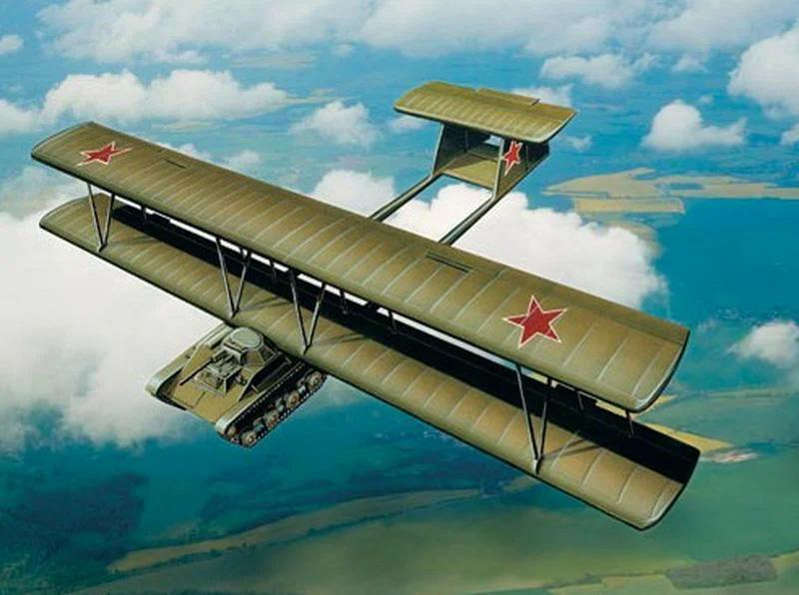
In theory, everything should have worked, but the reality was too harsh. In the very first test flight in September 1942, it turned out that the TB-3 heavy bomber, which was used as a tug, was not able to cope with the six-ton T-60 carcass.
The plane and the A40 with difficulty, but nevertheless, took to the air, but they failed to develop the design speed of 160 km / h. Due to excessive efforts and work at maximum speed, the TB-3 engines began to overheat and it was decided to stop the flight. “A-forty” separated from the tug and made a successful landing, proving that the idea of a flying tank is not as crazy as it might seem at first glance.
By the way, the A40 would look quite appropriate in our selection of the ugliest aircraft of the Second World War. He did not get there only because in fact it is considered a glider, not an airplane …
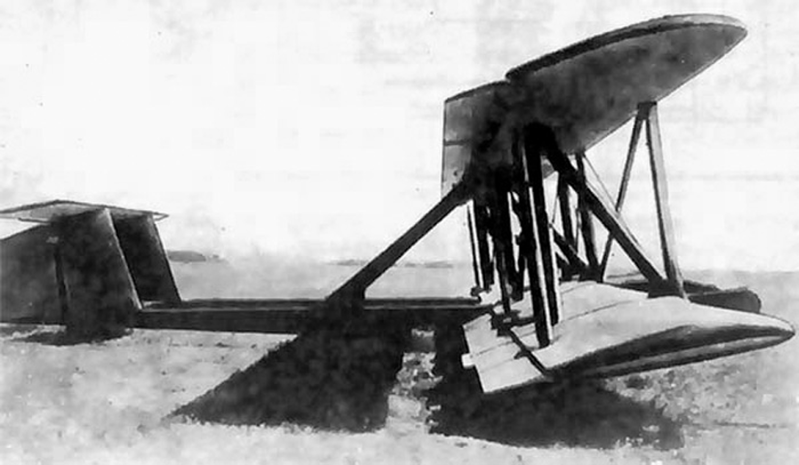
However, on this further development of the A-40 project was decided to stop. Many believed that using the more modern and powerful Pe-8 bomber as a tug could solve all the problems. But there were few such machines in the troops, no one dared to risk them to solve essentially local tasks like helping the partisans.
It’s a pity – that would be to look at the faces of the Nazis, right on whose head Soviet tanks land …
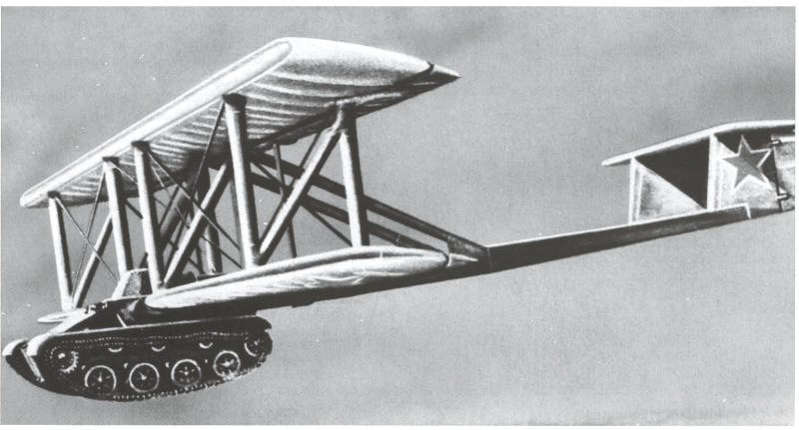
Related materials:

